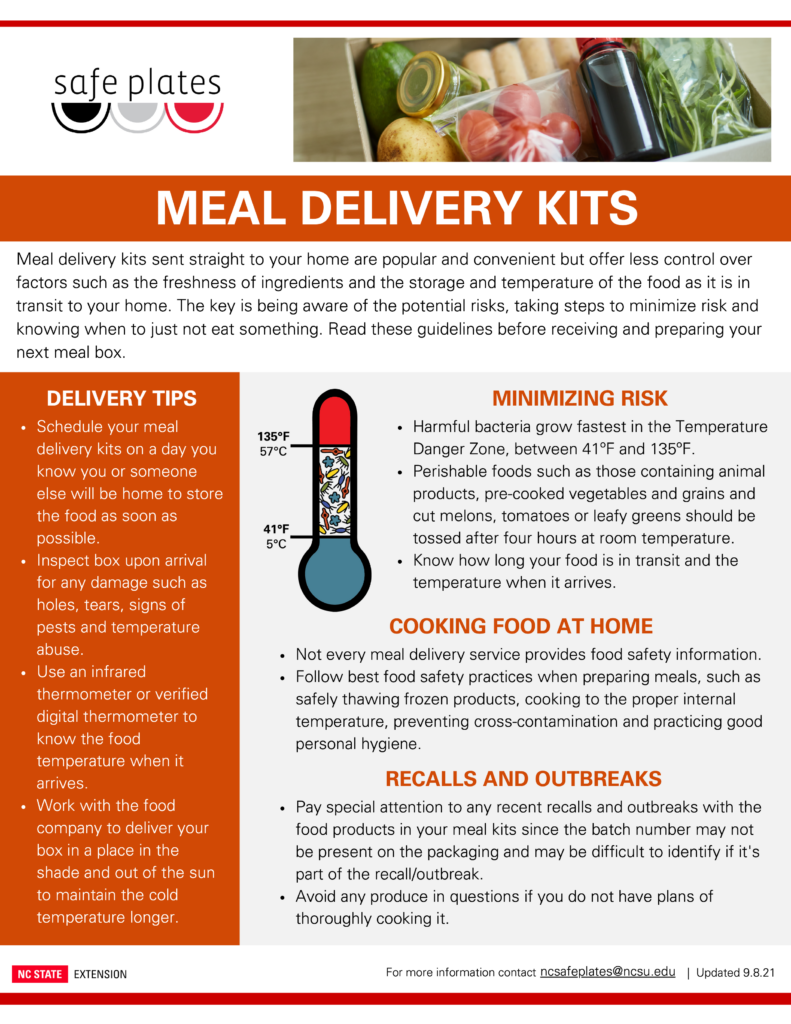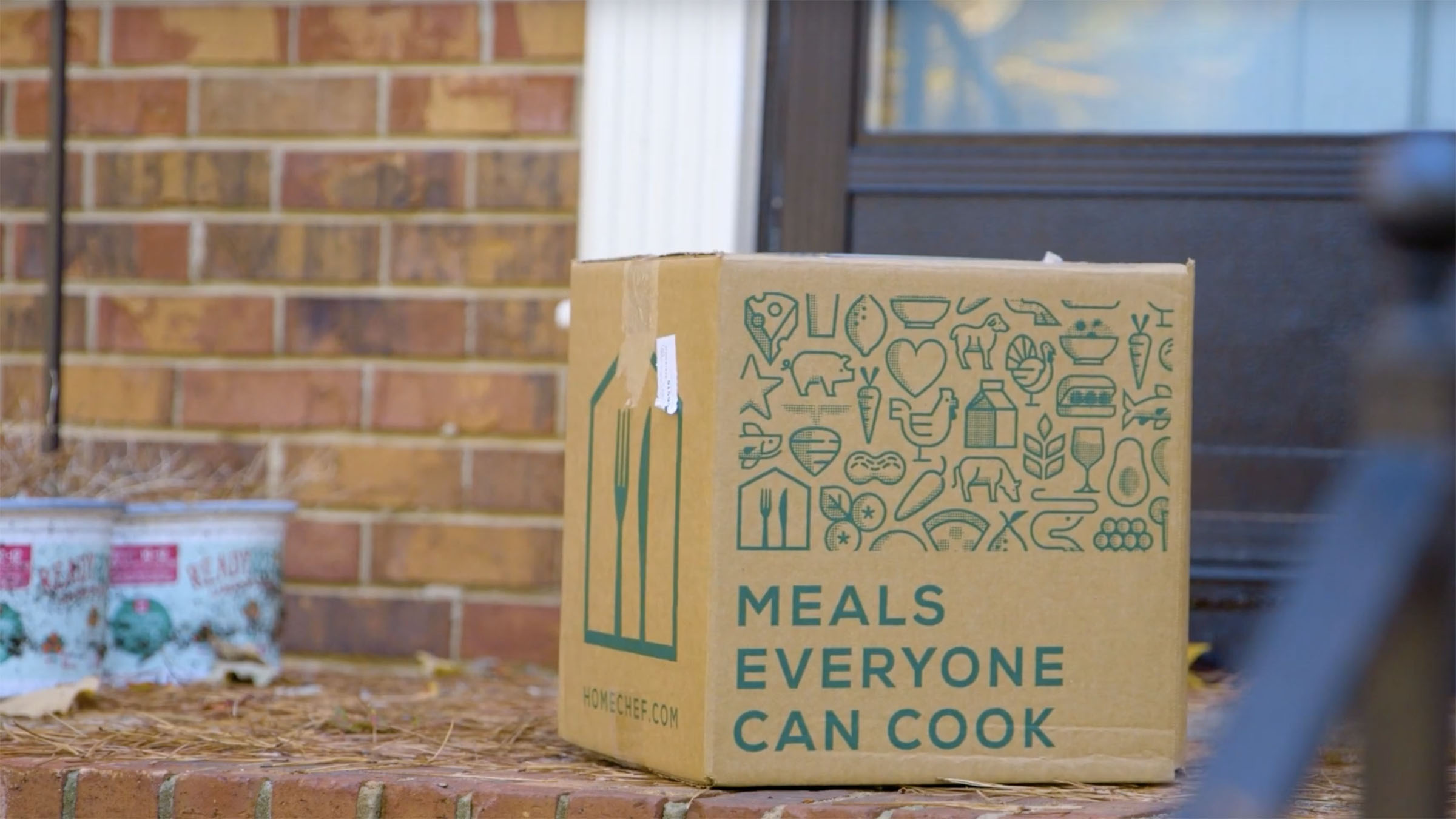Home meal delivery kits exploded in popularity during the worst of the COVID-19 lockdowns. With just about everything closed down, they were a convenient way to get restaurant-quality meals at home and to limit trips to the grocery store.
Even with many coronavirus restrictions lifted, meal deliveries remain a staple of many home kitchens.
The process is relatively simple. Visit the website of Home Chef, Sunbasket, HelloFresh, Marley Spoon or any of the dozens of companies now providing the service. Pick the menu you want for the week. Receive a box containing recipes and ingredients for meals that can be prepared in about half an hour, or that arrive ready to be put in the oven or on the grill. Enjoy.
It all sounds great, but are you managing food safety risk for your family? In this edition of Homegrown, Candace Christian, Area Specialized Agent for Consumer and Retail Food Safety with NC State Extension and an expert in food safety at home, shares tips for home meal delivery kits.
Temperature is the Key
There is ample information available about the quality and affordability of home meal delivery kits. Christian has a different focus: Are they safe?
All the kits are packed into insulated boxes containing various types of refrigeration aids. But the time spent sitting in a long-haul truck, a delivery vehicle, and on a sunny porch can cause food to spoil.
“What matters is how it’s packaged,” she said. “So you need to look at what coolants they’re using. Are they using dry ice? Are they using gel packs? How long has it been in transit? All these factors of time and temperature matter.”
Christian recommends using a thermometer to check the temperature of the food after bringing the package into your house. If it’s below 41 degrees Fahrenheit, it is safe. If it’s above 41 and has been sitting on your porch for more than 4 hours, consider tossing it.
Checking the temperature is the surest way, but here are some other tips to ensure the safety of the food in a home meal delivery kit.
Tip sheet
Tips to Ensure Your Home Meal Delivery Kit Is Safe
- Schedule your delivery on a day when someone will be home to store the food as soon as possible.
- Work with the food company to deliver your box in a place in the shade to maintain the cold temperature longer.
- The cool-to-the-touch method is not a good indicator of food safety. Harmful bacteria can grow in temperatures as low as 41 degrees Fahrenheit.
- Refrigerate after opening. Perishable foods such as those containing animal products, pre-cooked vegetables and grains, and cut melons, tomatoes or leafy greens should be tossed after four hours at room temperature.
- Pay special attention to any recent recalls and outbreaks with the food products in your meal kits since the batch number may not be present on the packaging and may be difficult to identify if it’s part of the recall/outbreak.

- Categories:



